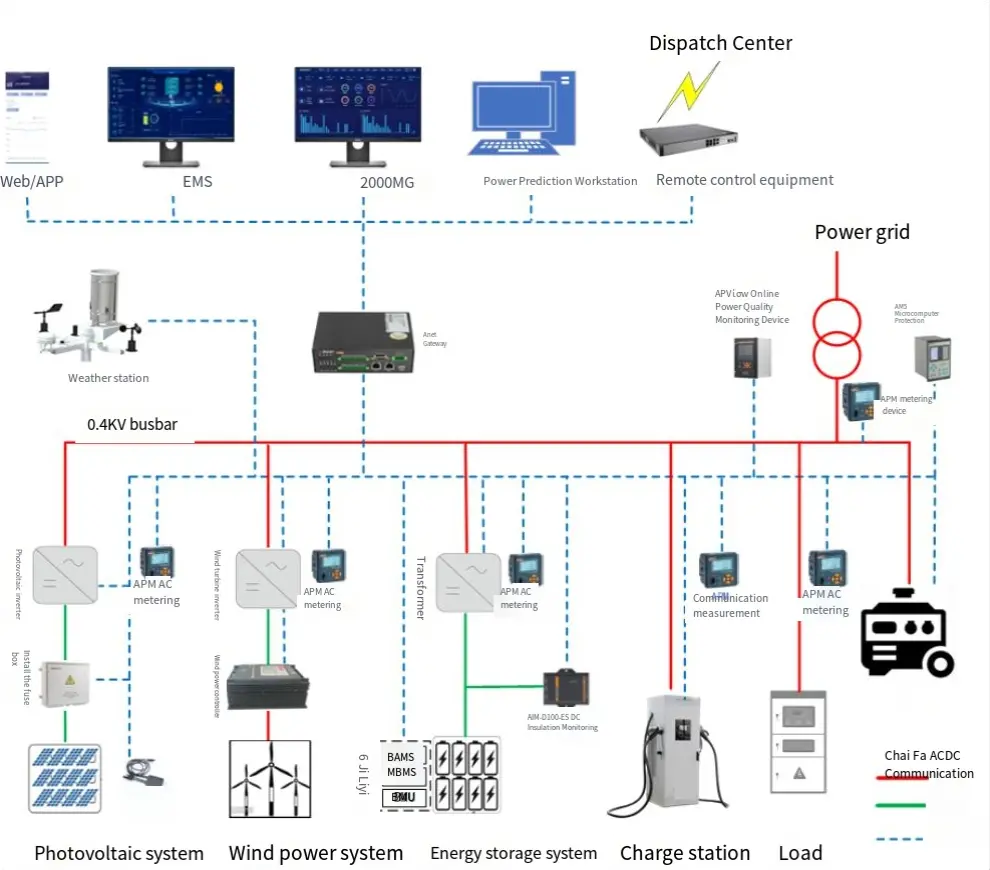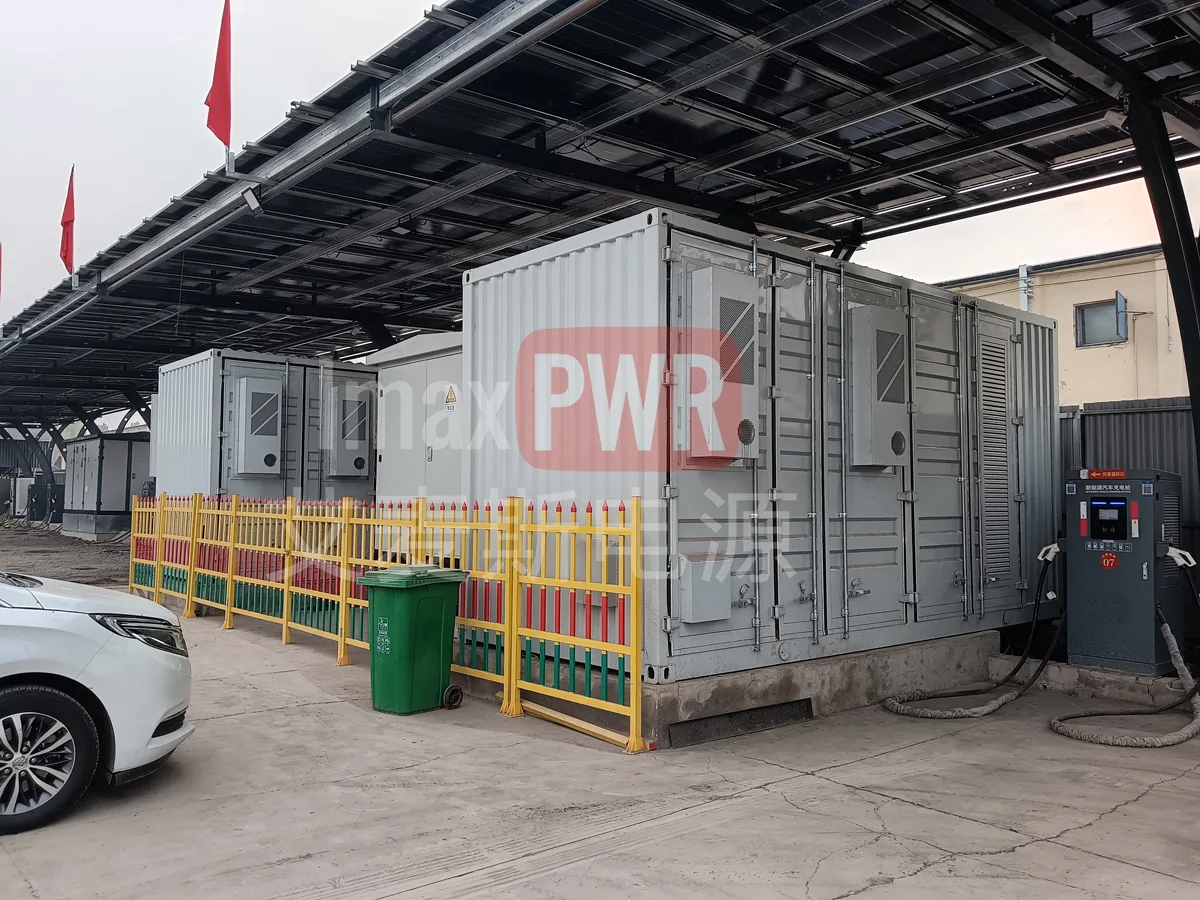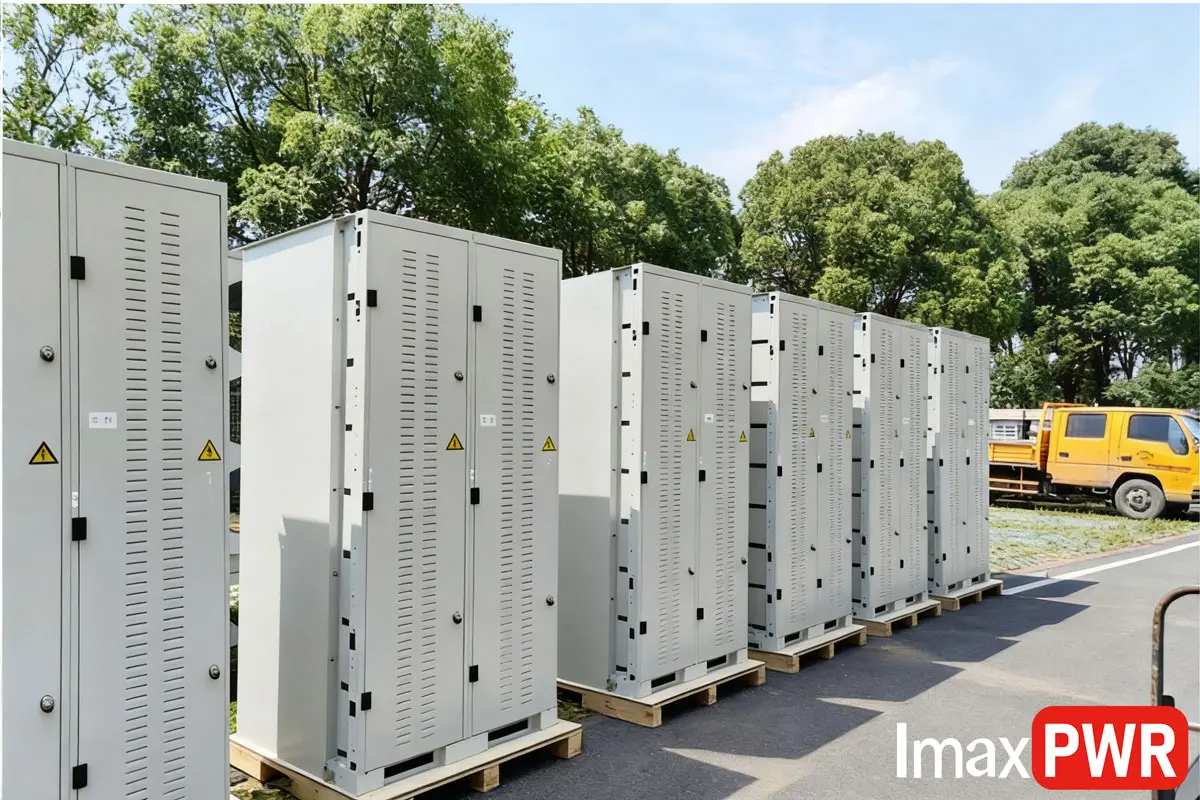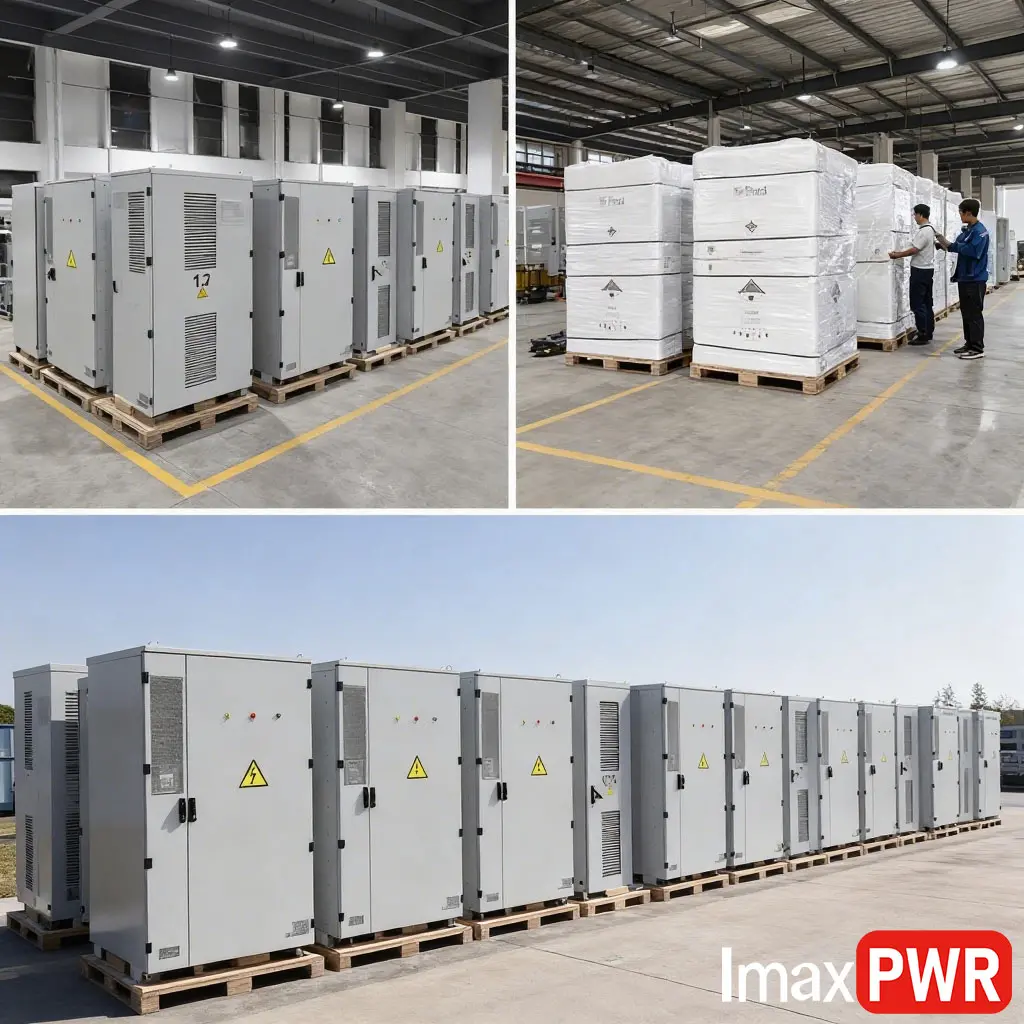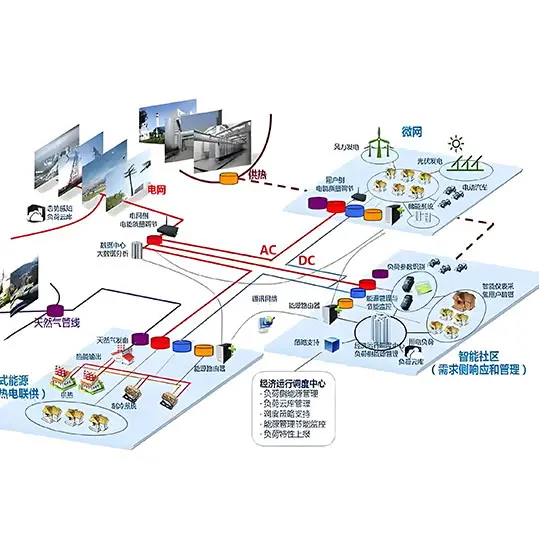According to the requirements of the microgrid monitoring system and the microgrid energy management system under the new power system, and summarizing the advanced research and production experiences at home and abroad, an enterprise microgrid energy management system has been specially developed. This system meets the access requirements of photovoltaic systems, wind power generation, energy storage systems, and charging piles, and conducts data collection and analysis throughout the day. It monitors the operation status and health conditions of photovoltaic, wind power, energy storage systems, charging piles, and traditional loads. It is a management system integrating the monitoring system and energy management. Based on safety and stability, this system aims at economic optimization operation, promoting the application of renewable energy, improving the stability of power grid operation, and compensating for load fluctuations. It effectively realizes demand management on the user side, improves the operation efficiency of power equipment, and reduces power supply costs. It provides a brand-new solution for the safe, reliable, and economic operation of enterprise microgrid energy management.
Microgrid Energy Management System (Microgrid Energy Management System, EMS)
A Microgrid Energy Management System (Microgrid EMS) is an intelligent system designed to coordinate, control, and optimize microgrid operations. It employs real-time monitoring, data analysis, and strategic scheduling to uniformly manage distributed power sources (such as photovoltaic and wind power), energy storage systems, loads, and charging piles within a microgrid. This ensures the microgrid operates safely, stably, and efficiently while enhancing the utilization rate of renewable energy.
Core Functions
- Power Generation Optimization and Scheduling
- Dynamically adjust the output of distributed sources like photovoltaic and wind power based on load demand and energy supply. This maximizes the consumption of renewable energy.
- Combine with energy storage systems to flatten the volatility of new energy power generation and improve grid stability.
- Load Management
- Monitor and forecast power loads. Implement demand response strategies such as peak shaving and load limiting to reduce electricity costs.
- In island mode, prioritize ensuring power supply to critical loads to enhance power supply reliability.
- Energy Storage System Control
- Manage battery charging and discharging strategies. Optimize the state of charge (SOC) of energy storage to extend battery life.
- Support economic models such as peak-valley arbitrage and dynamic capacity expansion to increase energy storage revenue.
- Real-time Monitoring and Fault Warning
- Collect operational data (e.g., voltage, current, power) of equipment within the microgrid. Conduct abnormal diagnosis and alarm.
- Provide power quality analysis and monitor issues such as harmonics and voltage sags.
- Seamless Grid-connection/Island-mode Switching
- Automatically switch to island mode in case of main grid failures to maintain independent operation of the microgrid.
Application Scenarios
- Industrial Parks: Optimize enterprise electricity costs and increase the proportion of green electricity usage.
- Islands/Remote Areas: Solve power supply problems in areas without or with weak grid connections.
- Photovoltaic-Storage-Charging Integrated Stations: Coordinate photovoltaic, energy storage, and charging piles to reduce the impact on the grid.
Technical Features
- Multi-protocol Compatibility: Support communication protocols such as Modbus and IEC608705104, compatible with equipment from different manufacturers.
- Edge Computing + Cloud Platform: Achieve intelligent decision-making through local rapid response and cloud-based big data analysis.
- Economic and Environmental Benefits: Reduce carbon emissions and improve energy utilization through optimized scheduling.
Microgrid EMS is regarded as the “intelligent brain” of microgrids. It is a key technology for building new power systems and achieving “dual carbon” goals.

